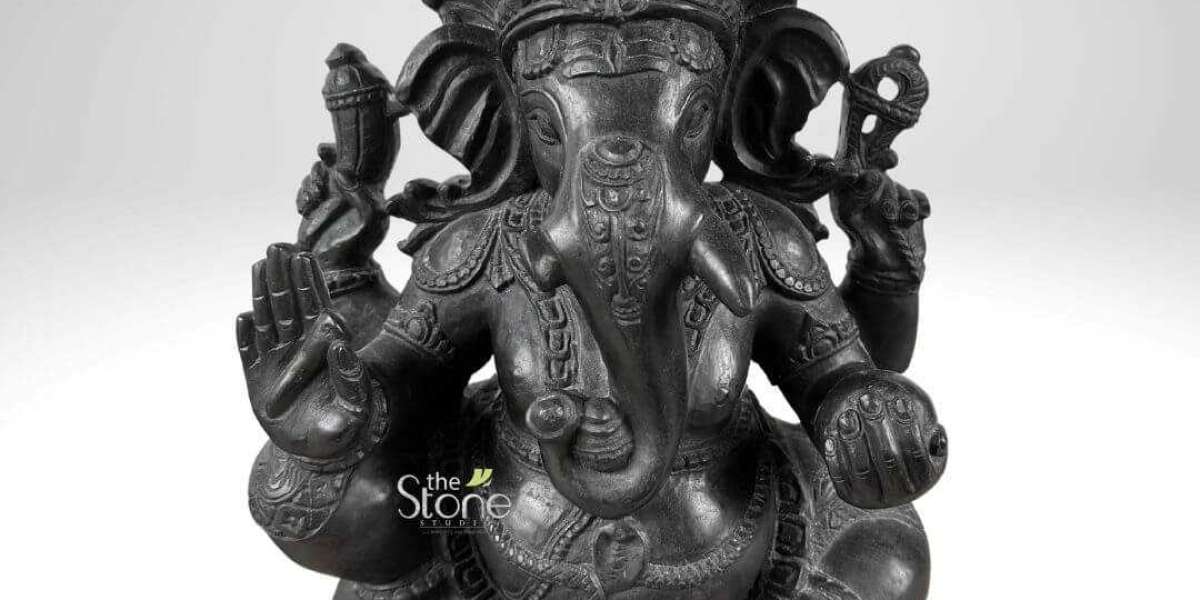In many Indian homes, the presence of a Vinayagar Statue is more than a decorative choice — it’s a heartfelt tradition rooted in faith, symbolism, and centuries-old wisdom. Lord Vinayagar, also known as Ganesha, is revered as the remover of obstacles, the harbinger of good fortune, and the deity who blesses new beginnings. Whether it’s the start of a new home, a business venture, or a life chapter, his image is often the first to be invoked.
But beyond the devotional aspect, there is an art — and a science — to placing a Vinayagar Statue in your home. Ancient Vastu Shastra and the Chinese system of Feng Shui both offer guidance on positioning sacred idols to channel positive energy, prosperity, and harmony. While these traditions come from different cultural roots, they surprisingly complement each other in many ways.
In this blog, we’ll explore the principles, do’s and don’ts, and thoughtful tips for placing a Vinayagar Statue at home — combining Vastu’s architectural wisdom and Feng Shui’s energy flow philosophy.
Why Placement Matters
Placing a Vinayagar Statue is not just about finding a spot on a shelf or corner; it’s about aligning physical space with spiritual energy. Both Vastu and Feng Shui emphasize the flow of prana (life force) or chi (energy). The right placement is believed to:
Remove obstacles from your path
Invite good luck and prosperity
Promote mental peace and clarity
Strengthen family bonds and harmony
Enhance spiritual growth
Incorrect placement, on the other hand, is thought to weaken the idol’s energy flow and reduce the positive influence in your life.
Vastu Guidelines for Vinayagar Statue Placement
Vastu Shastra, the traditional Indian science of architecture, has very specific recommendations for sacred idol placement.
1. Ideal Direction
North-East (Ishanya) Corner: This is considered the most auspicious location for any deity, including Lord Vinayagar. The North-East is associated with divine energy, clarity, and spiritual growth.
If the North-East isn’t available, East or West directions are considered secondary options.
2. Facing Direction of the Idol
The Vinayagar Statue should face East, as it symbolizes rising sun energy and new beginnings. Worshippers should ideally face the idol while sitting in the West direction.
Never place the idol facing South, as this is considered inauspicious in Vastu.
3. Height and Placement Surface
The idol should be placed on a raised platform or altar, never directly on the floor.
Ideally, the base of the idol should be at least 6 inches above ground level to maintain respect and energy flow.
4. Number of Idols
Vastu recommends having only one Vinayagar Statue in the puja area. Multiple idols of the same deity can cause conflicting vibrations.
5. Materials and Colors
Clay or eco-friendly idols are highly auspicious, especially for home worship.
White, green, or golden-colored idols are believed to attract prosperity and peace.
Feng Shui Guidelines for Vinayagar Statue Placement
While Feng Shui originates from China, it shares the core idea with Vastu — that the arrangement of objects influences energy. Many people adapt Feng Shui principles for placing a Vinayagar Statue, especially in homes that blend cultural traditions.
1. Wealth and Prosperity Corner
Feng Shui identifies the South-East area of the home as the "wealth corner." Placing the Vinayagar Statue here is believed to attract abundance and financial stability.
2. Near the Entrance
A Vinayagar Statue placed near the main door, facing inside the home, is thought to welcome good energy and keep negative energy away.
However, avoid placing the idol directly on the floor near the entrance; a small pedestal or shelf is ideal.
3. Height and Respect
Just like Vastu, Feng Shui emphasizes keeping sacred objects at a height above waist level, symbolizing respect and spiritual elevation.
4. Clutter-Free Space
The area around the idol should be clean and clutter-free. Clutter obstructs chi flow, diminishing the statue’s positive impact.
Combining Vastu and Feng Shui Principles
If you want to merge the two systems:
Place the Vinayagar Statue in the North-East for spiritual growth, or South-East for wealth, depending on your primary intention.
Ensure the idol faces East and is placed on a clean, raised altar.
Keep the space well-lit with natural light or a dedicated lamp.
Avoid placing the idol in kitchens, bathrooms, or under staircases.
Common Mistakes to Avoid
Even with good intentions, certain placements can unintentionally reduce the idol’s beneficial energy:
Placing in bedrooms – It’s considered disrespectful as the bedroom is a place for rest, not worship.
Facing a toilet or bathroom door – This is believed to create negative energy.
Placing directly under a beam – In both Vastu and Feng Shui, beams are thought to exert pressure that disrupts positive energy.
Overcrowding the altar – Keep the space minimal and sacred.
Rituals and Care for the Vinayagar Statue
Owning a Vinayagar Statue is not just about placement; it’s about care and devotion:
Daily or Weekly Cleaning: Wipe the statue with a clean cloth, preferably on Fridays or during special puja days.
Offerings: Fresh flowers, fruits, and modaks are traditional offerings to Lord Vinayagar.
Lighting a Lamp: A diya or lamp lit near the statue amplifies the positive vibrations.
Chanting: Reciting "Om Gan Ganapataye Namah" can enhance the spiritual atmosphere.
Choosing the Right Vinayagar Statue
When selecting a statue for your home:
Pick a size that suits your puja space. A small to medium-sized idol is ideal for daily worship.
Ensure the idol’s trunk is turned to the left (from the viewer’s perspective) — considered more auspicious for homes.
Choose expressions that are calm and welcoming, symbolizing peace and compassion.
Cultural and Personal Connection
While Vastu and Feng Shui provide guidelines, the most important factor is your personal connection with the idol. Many families pass down a Vinayagar Statue for generations, imbuing it with layers of devotion and memory. Whether you buy a new idol or cherish a family heirloom, the way you connect spiritually is what gives it true power.
Final Thoughts
Placing a Vinayagar Statue at home is a beautiful blend of devotion, tradition, and thoughtful design. By aligning the idol according to Vastu and Feng Shui principles, you create a sacred space that not only honors the deity but also enhances the flow of positive energy in your life.
In the end, remember that these guidelines are tools, not rigid rules. The heart of the practice lies in respect, care, and genuine faith. When your home resonates with both good energy and heartfelt devotion, blessings naturally follow.














